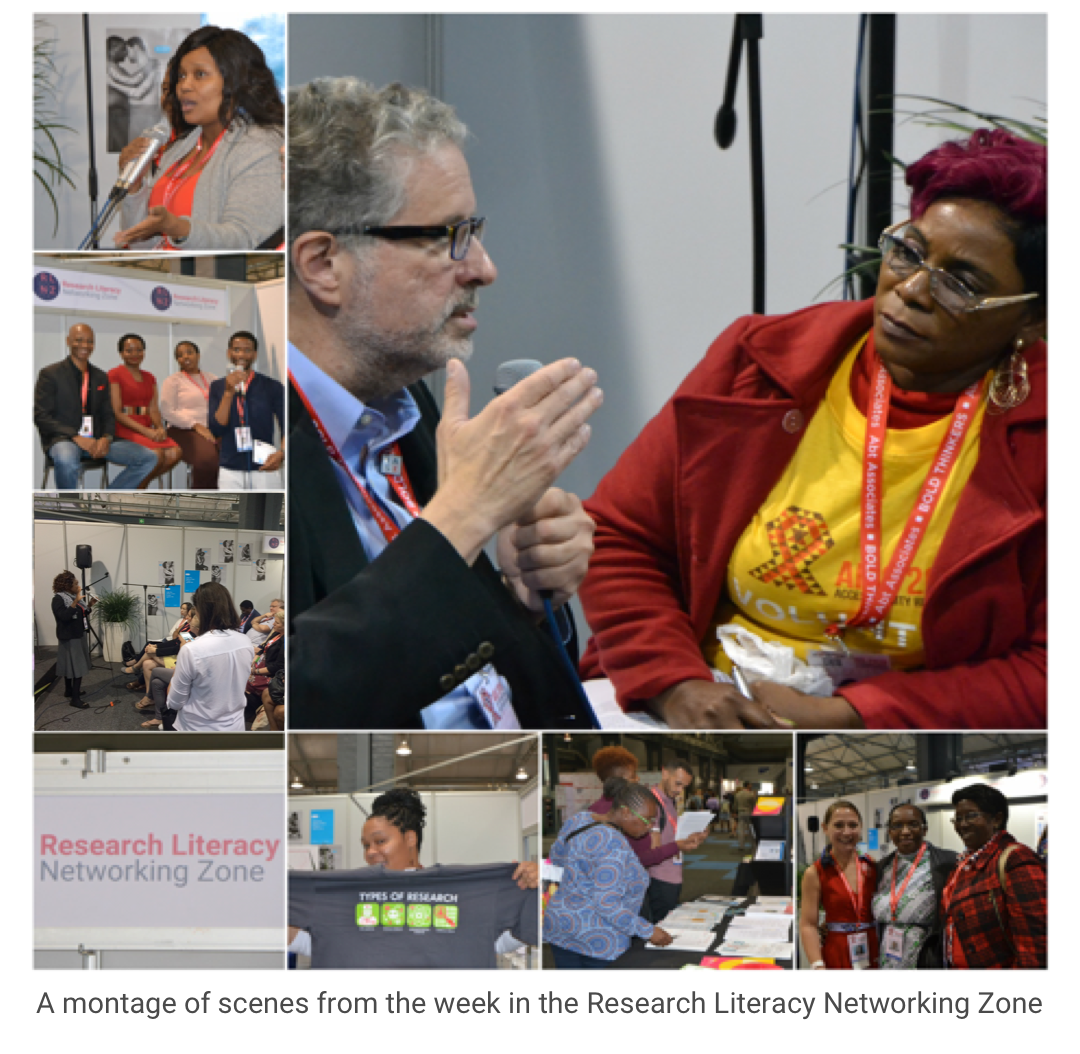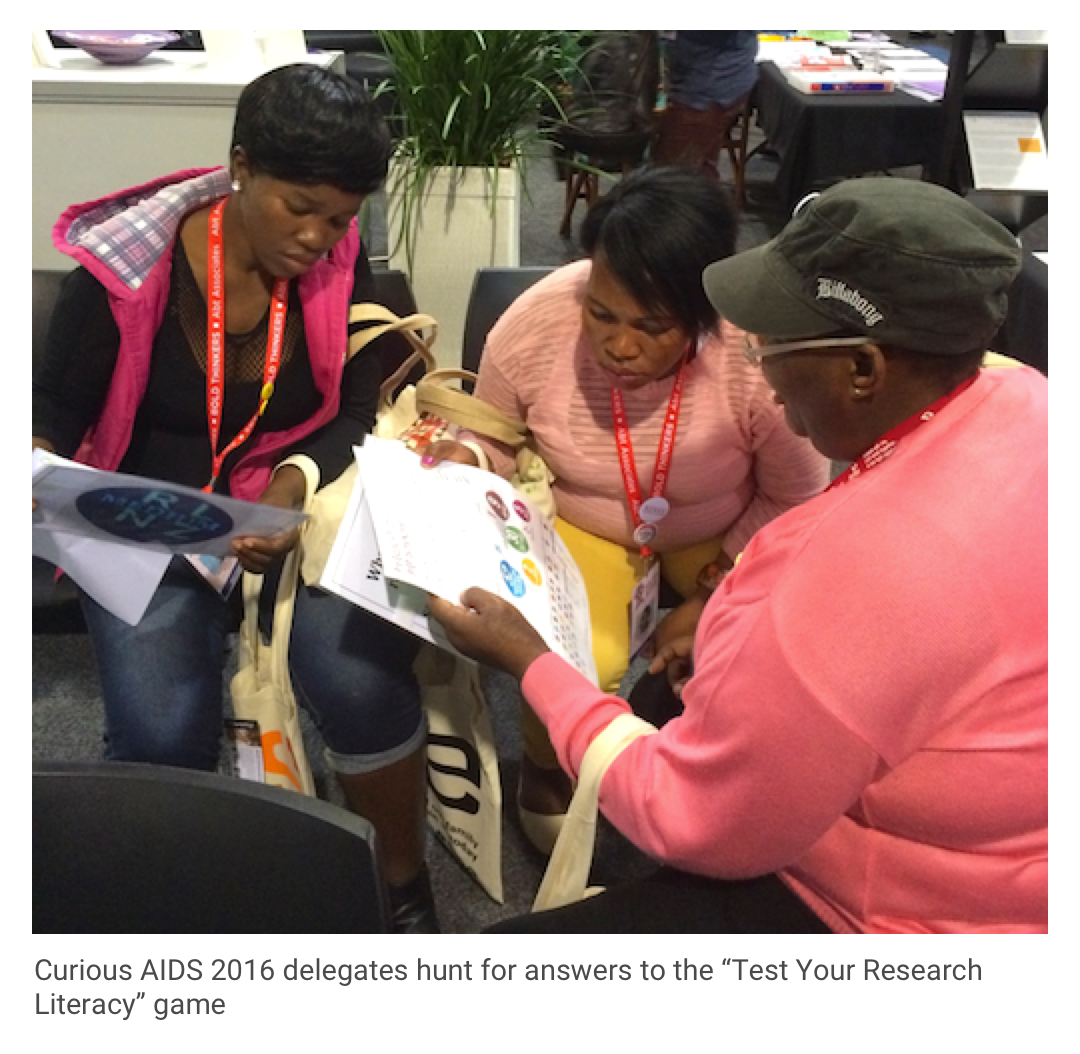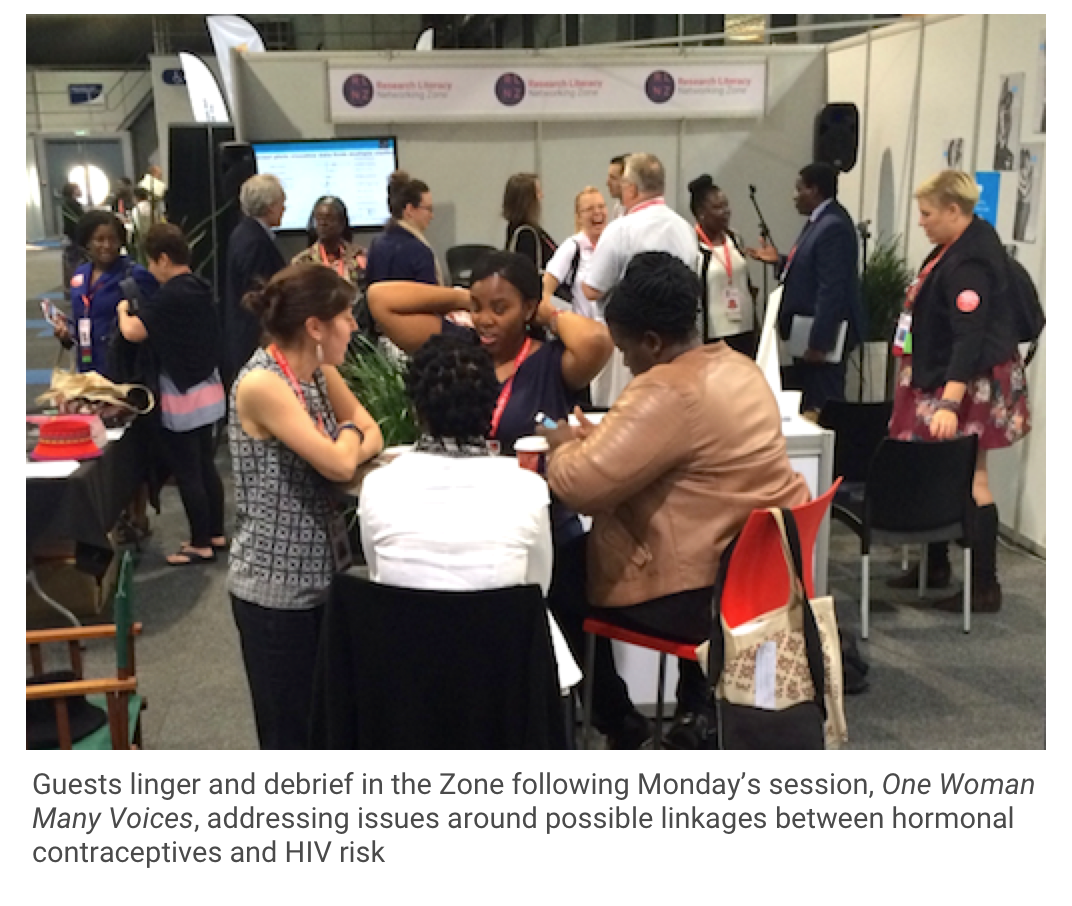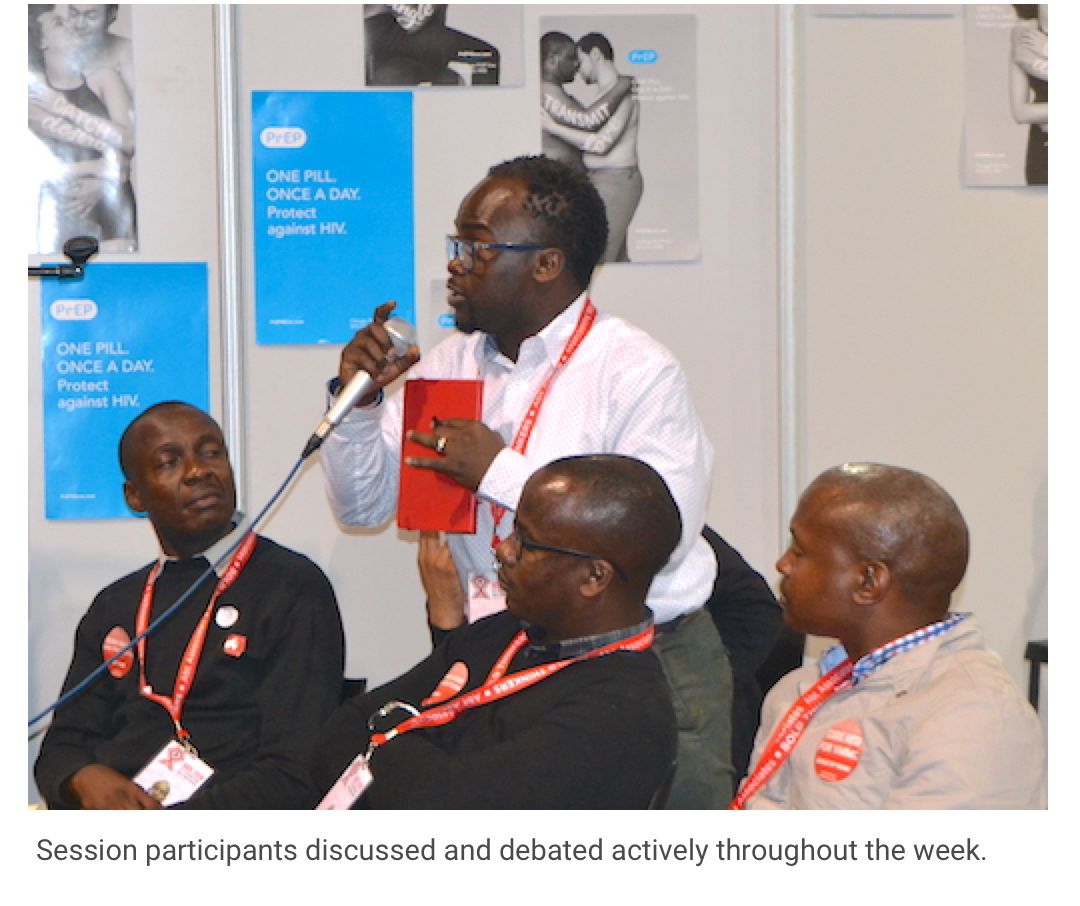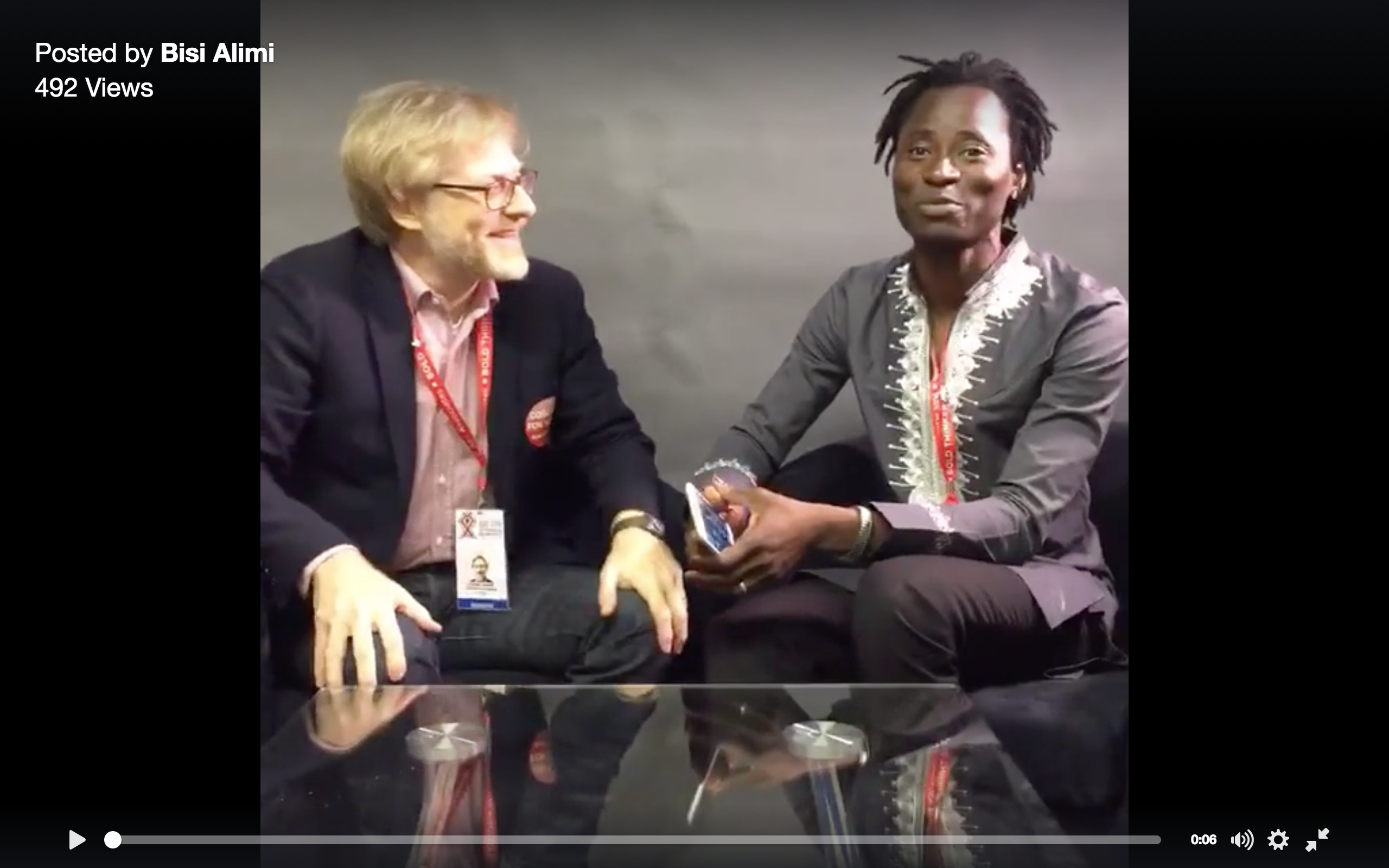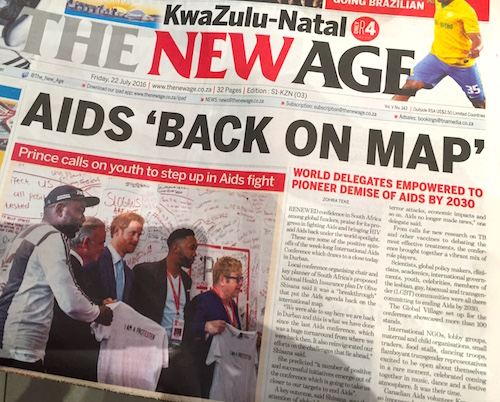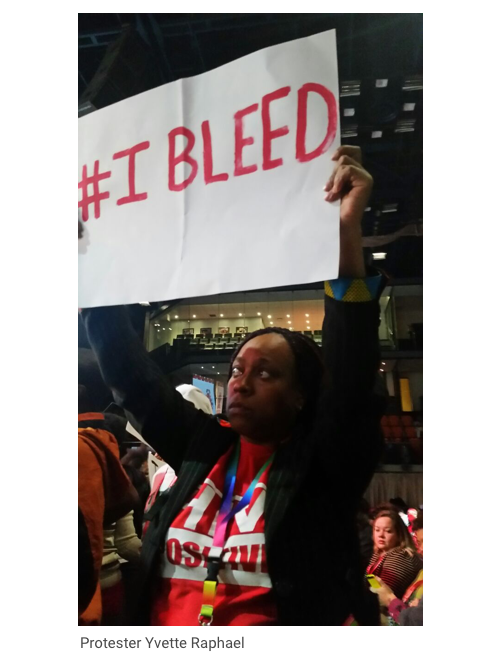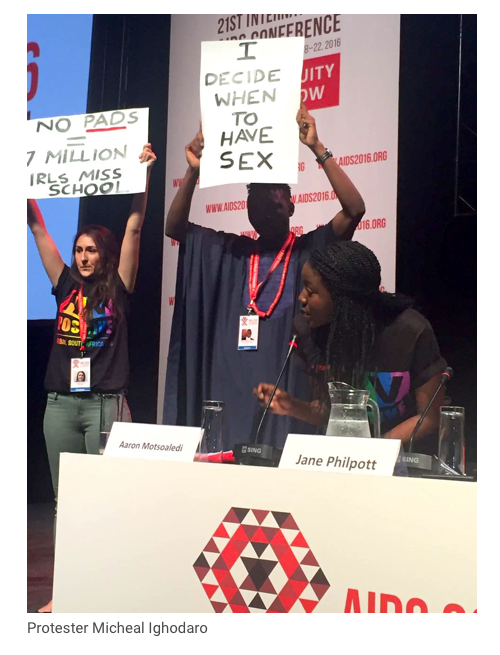This week a World Health Organization-commissioned study on the relationship between hormonal contraception and HIV risk was released. The study, published in the journal AIDS, is the third WHO-supported “systematic review” of the available data regarding the relationship between hormonal contraceptive methods and HIV acquisition in HIV-negative women. As with the previous systematic reviews, the new paper reports the results of a careful analysis of existing observational data related to rates of HIV in women using hormonal methods, which include oral contraceptives, injectable methods and implants.
The two previous systematic reviews concluded that there was no association between oral contraceptive pills and HIV risk. They also reported that there were mixed data regarding the injectable, progestin-only method known as DMPA or Depo-Provera. Some studies suggested that there was an increased risk, others did not. The new systematic review does not provide a definitive answer, but it states that the data to date, “strengthen concerns about DMPA.” For a field that has long dwelt in the completely gray area of “maybe or maybe not”, this is indeed a shift. The WHO has reacted accordingly, with a statement released shortly after the publication announcing that an expert review group will be convened to review the new data to determine whether a change in WHO guidance is warranted.
AVAC, along with the International Community of Women Living with HIV Eastern Africa (ICWEA), convenes a civil society advocacy working group made up of African women and their allies, who closely follow this issue. The working group will host a webinar with study authors and other resource people in the coming weeks. If you’re not already a subscriber, please be sure to sign up to receive our Advocates’ Network update for the latest information. In the meantime, here is a brief Q&A to help orient new and veteran advocates on these latest developments.
What is a systematic review?
A “systematic review” involves gathering all available evidence on an issue, evaluating the quality of that evidence and summarizing it to provide a reliable overview of knowledge on a topic. Such reviews are often conducted by teams of independent researchers who agree on a specific set of criteria for searching for evidence and for defining its quality. This was the approach used in the recently published paper.
Why are systematic reviews useful?
The systematic search process used to gather all available data is designed to find all relevant evidence in a transparent and replicable manner. This minimizes chances of missing data or choosing data in a biased way. Systematic reviews can summarize large amounts of information. This can be helpful to stakeholders who may not be reading all of the studies on a given topic and/or may not be able to reconcile contradictory findings. Since systematic reviews take all the evidence together, they can help provide a clearer picture.
What are limitations of systematic reviews?
Systematic reviews are only as good as the data that they are consolidating, evaluating and synthesizing. On this specific issue, the available data on questions about hormonal contraception and HIV risk all come from studies that were designed to answer other questions. (For example, the VOICE HIV prevention trial of oral and topical PrEP gathered information on women’s contraceptive use and also on their rates of acquiring HIV. Understanding how contraception may have impacted HIV risk was not a primary aim of the VOICE trial.) Information gathered from studies designed to answer other questions is termed “observational data”. All observational data can have confounding factors that may skew the findings. For studies around the HC-HIV question, there is the possibility that women who choose one method might be significantly different from women who choose another method. There might be something about women who choose to use a specific method that affects their risk of HIV, rather than the contraceptive method itself. Perhaps women using a specific method are also more likely to use condoms, or more likely to have multiple partners. Observational data cannot control for this type of confounding factor. That’s why a randomized trial—in which women agree to be randomly assigned a method rather than choosing—is thought to be the route to clarity. (For more on such a trial see below.)
Which data did the latest systematic review evaluate?
The new systematic review identified 10 new reports reports released since the last review was published in 2014. Five of these reports were considered “unlikely to inform the primary question.” The other five, along with nine from the previous review, were considered “informative but with important limitations.” These were used as the focus for the new analysis. Two of the newly included studies compared risk of HIV in women using different types of hormonal contraception. This is the first time that such head-to-head comparisons of different types of hormonal contraception have been available and included in a systematic review. (A total of 31 studies were included in the overall systematic review, but some of these were “unlikely to inform the primary question.”)
What are the key findings?
Data for oral contraceptive pills, the injectable NET-EN and levonorgestrel implants do not suggest an association with HIV acquisition, though data for implants are limited. Right now, there’s no evidence that other hormonal methods (ones that do not rely on DMPA) impact HIV risk. But for implants there’s just not a lot of information available.
The new, higher-quality data on DMPA, added to previous information, increase concerns about DMPA and HIV acquisition in women. The cumulative data strengthen concerns that DMPA might be increasing women’s HIV risk. It’s not definite, but it’s looking more likely than it did the last time the data were reviewed.
This is the first time a systematic review has offered an estimate of the possible impact of DMPA on HIV risk.
The study states that, “Recent analyses contradict the hypothesis that differential over-reporting of condom use by HC users explains observed associations between HC use and HIV infection in some studies. The argument that women who use DMPA also use fewer condoms than women who choose other methods has been suggested to explain previous data. It’s important to note that this review directly addresses this argument and supports research suggesting that it is not valid.
What happens now?
WHO has said that it “will convene an expert review group later in 2016” and “assess whether current WHO guidance needs to change in the light of a new review of data.” It’s important to note that even if the guidance did change, DMPA would still be a key method to make available to women. It is discrete, long-acting and a good choice for women living with HIV, since ART may reduce the efficacy of contraceptive implants.
What will happen with the ECHO trial—the ongoing randomized trial evaluating contraception and HIV risk?
The ongoing ECHO trial is evaluating HIV risk among women who agree to be randomly assigned to receive one of three contraceptive methods: the copper intrauterine device (IUD), the Jadelle implant or DMPA. All of the women receive a standard HIV prevention package—condoms, behavior-change counseling, and STI screening and treatment. Protocols for providing PrEP are being developed on a site-by-site basis. About 1,000 women of the estimated 7,800 who will participate in the trial have been enrolled to date. The trial is being conducted at 12 sites in four countries: Kenya, South Africa, Swaziland and Zambia. ECHO investigators have indicated that the systematic review will be shared with the trial’s independent Data Safety and Monitoring Board, which will make a recommendation about what, if anything, might change based on the new data.
What’s the advocacy agenda?
It’s still in formation, as the data are new. The full paper is not yet freely available and much discussion needs to happen in the East and Southern African countries where this question is most relevant. But, here are some preliminary thoughts:
Women most directly impacted by this question must have a chance to participate meaningfully and directly in discussions around messaging and next steps. This includes women in East and Southern African countries where both HIV risk and DMPA use are high. It also includes Black women and other women of color in the United States who are disproportionately at risk of HIV and far more likely to be prescribed DMPA than white women. WHO should gather these women for a meeting with the review’s co-authors. This meeting should inform the “expert review group” slated to meet later in 2016. There should be civil society participants who attend the expert review group meeting and have an opportunity to make a presentation as part of the official program.
Method mix has to become an even more urgent priority. Method mix is the term the contraceptive field uses to describe having a range of contraceptive options available for women at the clinics and programs where they access services. With heightened concern regarding DMPA, it is even more important for women to have access to a range of choices. This must be a priority for all major initiatives working toward reproductive health and HIV integration, adolescent sexual and reproductive health and HIV prevention in East and Southern Africa. The scenario many advocates would like to see is one in which DMPA remains an option even as other choices become widely and easily available including injectables like NET-EN, implants and the IUD. There is much to be learned about which methods women want at which stages of their lives.
Put PrEP in the mix. If women taking DMPA are supported with access to daily oral PrEP—i.e., they can get the meds, take them regularly, etc.—then the question of HIV risk is, if not moot, redefined. Oral PrEP is the only woman-controlled method that isn’t used at the time of sex that is available today. Access is expanding. These data should accelerate that work.
WHO, UNAIDS, PEPFAR and FP2020 should, with urgency, fund the revision and dissemination of the communications framework on HC-HIV to reflect the new data. This communications framework is the only tool available for immediate use to help policy makers, service providers and others act on the new findings. It could be rapidly updated to reflect the latest information and distributed to all of the countries where this issue is relevant. In the absence of strategic communications, the reports of “increased concern” will leave women, providers and policy makers confused and perhaps misinformed.
Groups focused on sexual and reproductive health and rights should join with HIV-focused advocates for an integrated advocacy agenda. This is not solely an HIV issue, though many of the advocates following it to date have been more closely aligned with HIV-related issues. The systematic review should trigger better integration of advocacy, innovation and collaboration between HIV and SRHR communities.
The famed ‘60s-era American band, the Grateful Dead, once sang, “Oh well, a touch of gray kinda suits you anyway.” That’s certainly true when it comes to aging… but when it comes to the “gray area” of uncertainty about matters of individual and public health, that touch of gray is harder to live with. Nevertheless, that’s where African women and their allies have been for many years—missing a clear answer about whether there is an association between the use of DMPA/Depo-Provera and increased risk of acquiring HIV. The new systematic review doesn’t make things black and white, but it does move the discussion forward. Anything less than immediate, proactive action is unacceptable.
